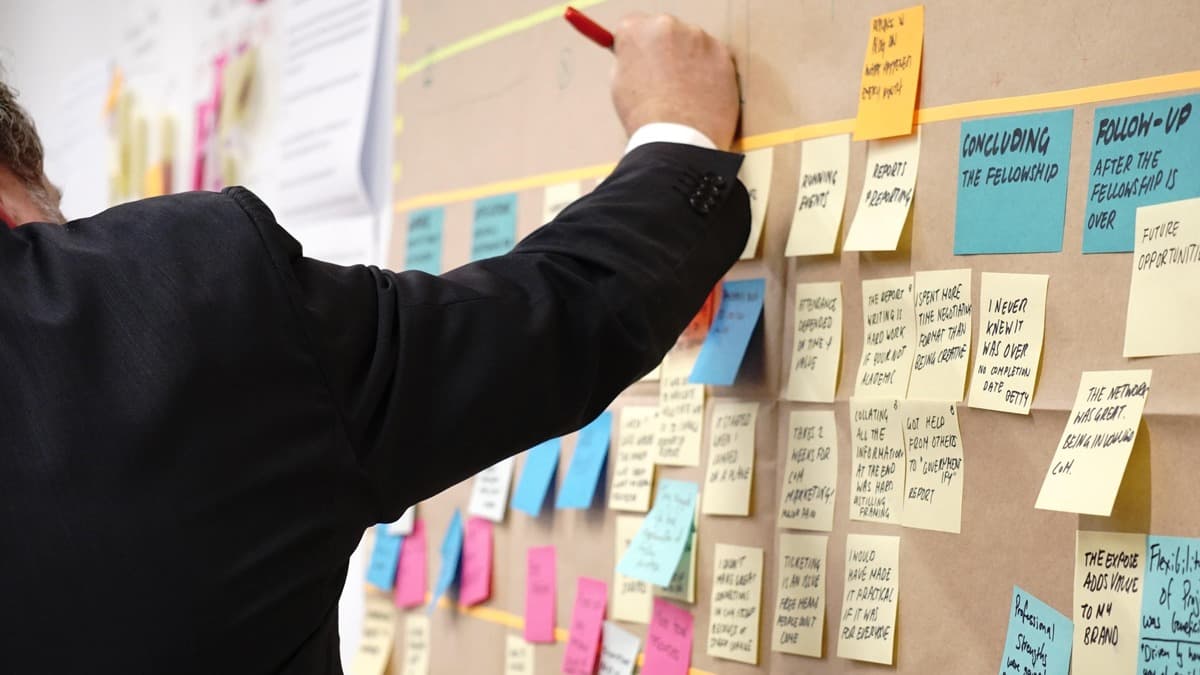The rapid digital transformation across the economy has brought increasingly complex risks.
One of the major factors is the growing reliance on third-party vendors to fulfil different needs in the organisation. It is almost impossible, and exceptionally expensive, to build all capabilities in-house, therefore, external vendors are a key resource for every business. But each vendor brings potential risks that can put the organisation in danger. So how can you predict and mitigate vendor risks?
Vendor Risk Management (VRM) is a multi-stepped process. Organisations need to conduct initial due diligence and risk assessments during the onboarding phase, continually monitor those risks whilst the vendor is providing services and then successfully offboard the vendor should the relationship end. It is therefore important to build the right framework which is supported by user-friendly technology aligned with the organisation’s goals. An effective VRM program offers numerous benefits to organisations, from improved risk management, regulatory compliance and resilience to increased efficiency and cost savings.
The flawed approach to Vendor Risk Management
Most businesses approach VRM with outdated processes and manual systems. Risk assessments and other onboarding activities are performed mainly via unprotected email chains or siloed platforms such as Excel. These assessments’ unencrypted storage and security add another layer of risk, along with relying on incomplete or insufficient data to assess the vendor risks.
Sometimes risk assessment is avoided altogether to make the vendor onboarding process faster. Or worse, VRM may be overlooked or not prioritised, with businesses treating it as a cumbersome task instead of an important part of operational resilience.
Rethinking Vendor Risk Management
VRM must be treated as an ongoing process of mitigating risks throughout a third-party vendor’s relationship with the organisation, instead of simply a one-off task to perform during vendor onboarding. While due diligence is a part of the VRM process, it is only one of the first in many steps. Vendor assessment needs to happen continually to monitor risks throughout the vendor relationship. Moreover, proper risk management can help build a more transparent and insightful relationship with vendors while simultaneously protecting the organisation.
Modern VRM replaces traditional forms of documentation and risk assessments with digitally advanced tools. These tools are user-friendly and allow vendor managers to track the lifecycle of vendors more efficiently. Initial onboarding activities are completed within these solutions – streamlining data capture, workflow, and approval processes to get the vendor on board. Active monitoring once appointed occurs through features such as automatically distributed questionnaires covering security posture and other areas around governance, sustainability, and issues management. With data in a centralised location, enhanced analytics and visualisation is possible, allowing better insights into an organisation’s riskier vendors. These solutions also improve vendor collaboration through real-time communication and data collection, supporting a more robust vendor/customer relationship.
Protecht has recently introduced an enhanced VRM module that offers comprehensive visibility of vendors, empowering vendor managers to identify high-risk vendors and effectively prioritise their tasks. The module facilitates continuous monitoring of vendors, throughout their lifecycle. Additionally, it allows for seamless integration of vendor risk management with the organisation’s overall enterprise risk framework.
Key Benefits of Vendor Risk Management
One of the key benefits of a robust VRM process is that can save your business money both in the short and long term. In the short term, efficiencies are gained by managing vendors in a more streamlined fashion. In the long term, your business will be more resilient to vendor related issues. A sound VRM program will not only reduce the frequency of vendor related events but will also reduce their impact as more robust recovery procedures will be in place for high-risk vendors.
Another advantage of VRM is earlier insights of changes in vendor’s risk profiles gained from continuous monitoring programs. Continuous monitoring activities include a focus on currency of certifications, audit findings, financial performance, security, and governance with the vendor. These activities are important to ensuring that vendors uphold the quality standards set by your organisation.
By using a centralised VRM solution, vendor managers can also monitor all external vendors and their associated activities using the one source. This will make it easier for them to track the progress and journeys of all vendors and help them build deeper relationships with their vendors in real time. A centralised solution is the foundation for analytic insights into vendor risks and being able to address related issues faster and on time. Ultimately a more, transparent relationship is formed through more effective and efficient communication.
Finally, replacing cumbersome, manual processes with a streamlined digital solution reduces the load on vendor managers and reduces the risk of human error. It also supports a greater completion rate of vendor related tasks through workflow efficiencies.
The immediate need to prioritise VRM
Regulators and government agencies around the world have increased their focus on vendor risk management as they recognise the crucial role vendors now play in delivery of critical services to customers and the community. As such, Boards should have an understanding of their VRM program, their critical vendors and how they are being monitored. Executives need to be acutely aware of the vendor dependencies within their operation, the risks associated with their vendor portfolio, and how those vendors are performing against contractual requirements.
Ultimately, a robust VRM framework will support these requirements, by providing greater insights into the vendor base and ensuring a more resilient, and efficient business.
Keep up to date with our stories on LinkedIn, Twitter, Facebook and Instagram.

